
Most houseplants come from tropical rainforest environments. They appreciate warm temperatures and high humidity between 75% and 90% in their native habitats. This applies to all the common favorites, like Philodendrons and Pothos.
While our indoor environments match these conditions in temperature, humidity is not always as suitable. Adaptable houseplants will be happy with humidity around 40%, but generally grow better in conditions 60% and higher.
So what happens when your indoor air is too dry? The leaves of your houseplants will start to crisp up, turning brown at the edges. If conditions persist, the plant will likely stop growing until the moisture in the air increases.
The most common solution recommended to improve humidity around your houseplants is misting. Indoor gardeners argue these water droplets around the plants increase the humidity within that area, improving conditions greatly.
However, there has been some controversy and heated debate around whether this practice provides all the benefits people claim it does.
Does Misting Actually Work?
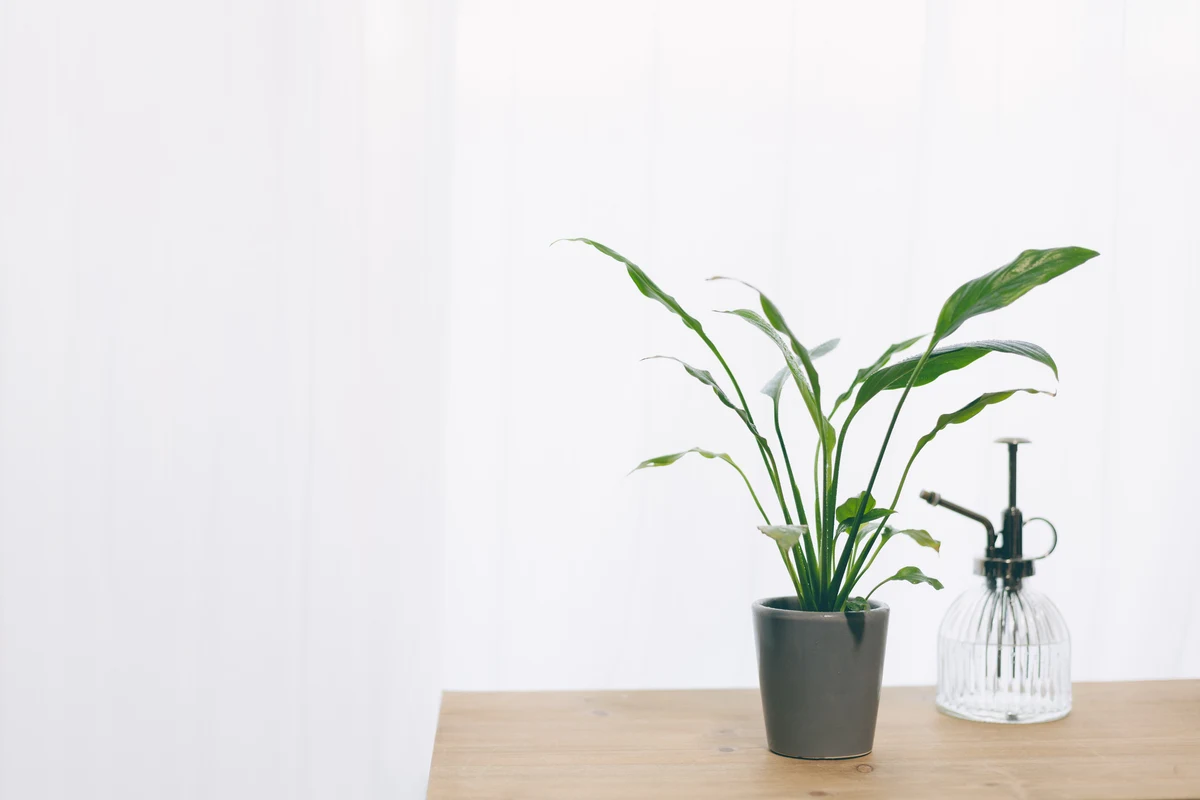
Some indoor gardeners swear by misting, while others claim it has absolutely no effect on humidity levels. The true answer lies somewhere in between.
Misting the air around your houseplants does have a measurable impact on humidity. And it’s not hard to see why. Adding water vapor to the air clearly adds more moisture, raising the humidity in that area.
Unfortunately, this effect doesn’t last very long. Thanks to the principle of diffusion, the additional moisture won’t only hang around the plant. It will spread through the rest of the air in your home, having little impact on the overall humidity levels.
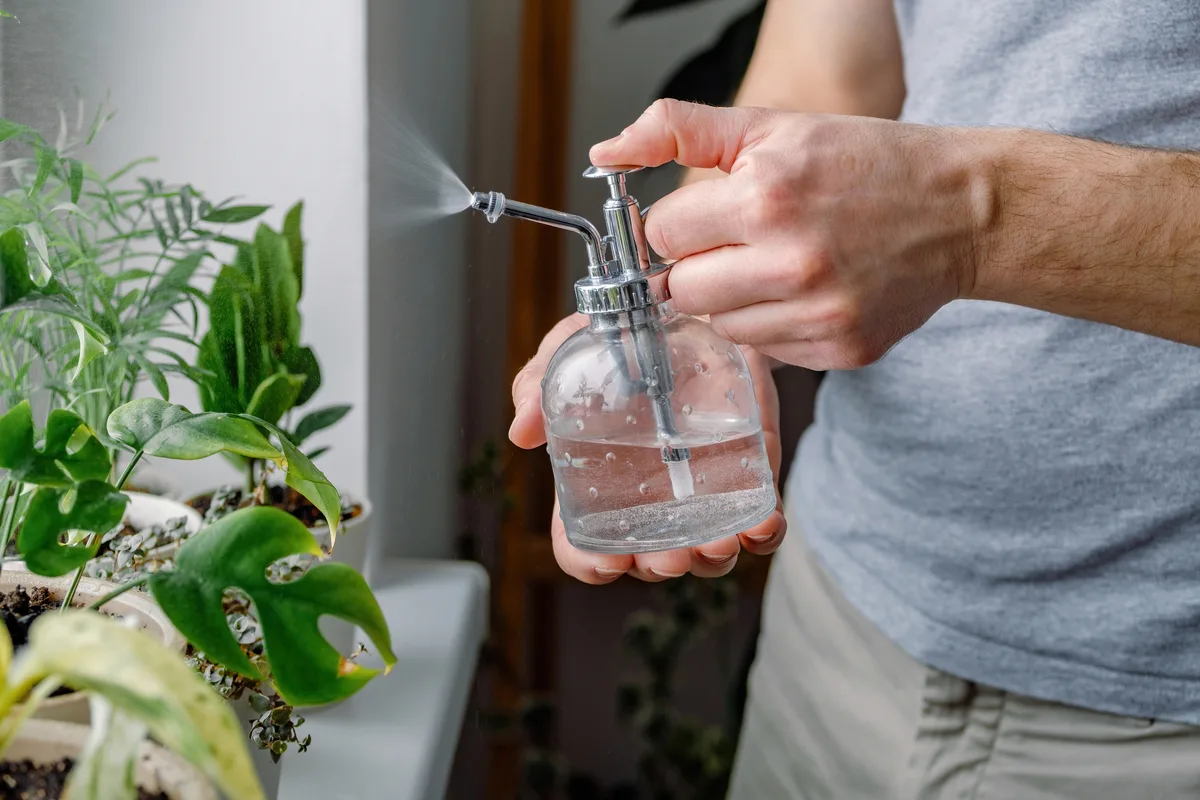
To have a long-term impact on humidity, you would need to stand next to your plant for the entire day, spraying the air every 5 minutes or so to maintain the same level. You can even do your own experiments with a hygrometer, seeing just how short-lived the effects are.
I’m sure there are few people, if any, who have the time to mist their plants 100 times a day. Extending that time to a few times a day, or even once a week as some suggest, also has little to no effect, essentially wasting your time. Not only that, but misting incorrectly can also have a few negative side effects.
The Negative Side Effects of Misting
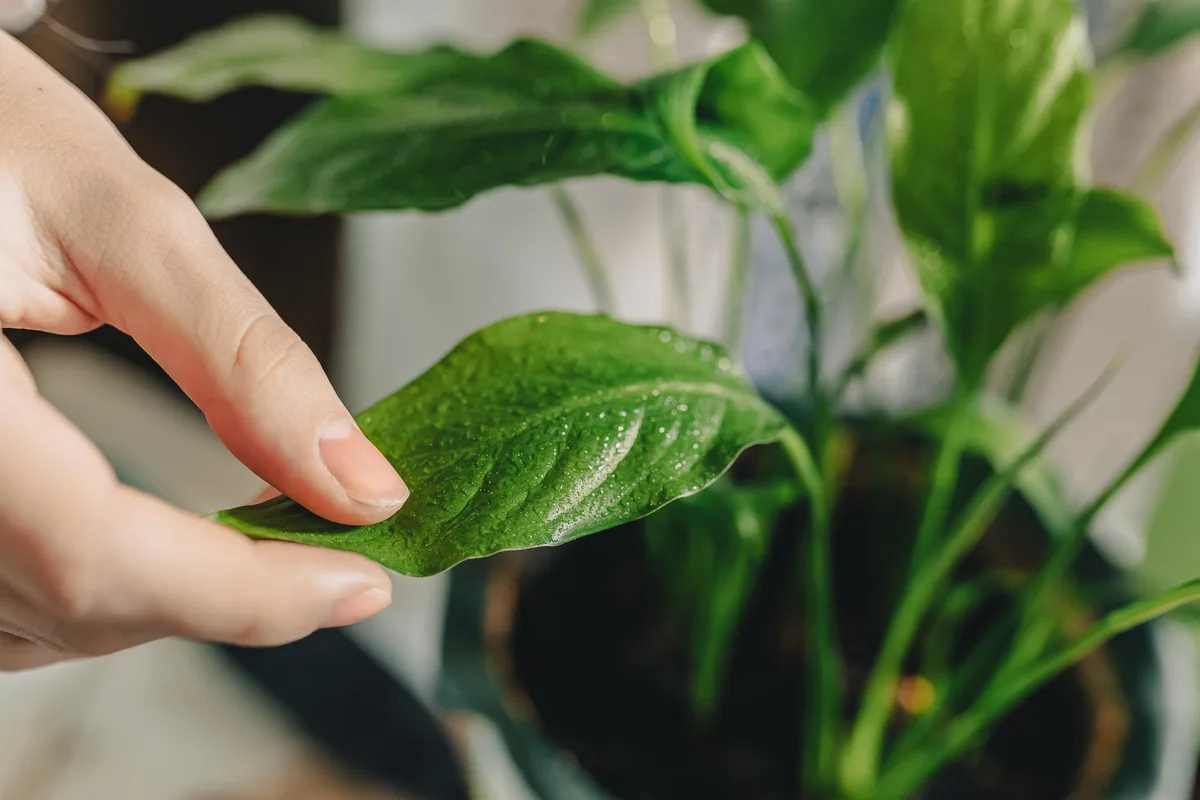
To mist houseplants correctly, the air around the plant should be sprayed, not the plant itself. Water droplets sprayed directly onto the leaves hang around, attracting a range of diseases that houseplants are susceptible to and potentially encouraging rot.
Even if you do use the right technique, much of that mist will inevitably fall onto the leaves of the plant, leading to the same issue. As evaporation is far slower indoors than it is outdoors, this water will stick around for much longer than the plants are used to.
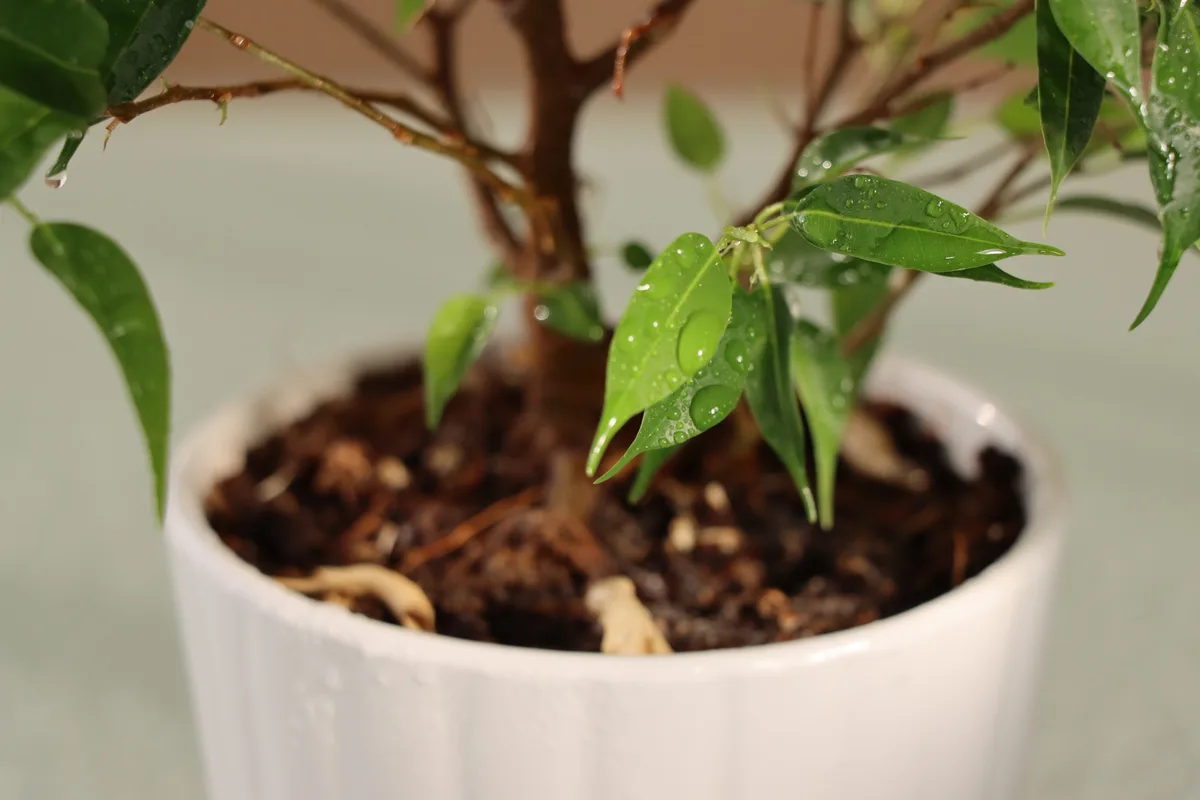
The excessive moisture is also likely to attract pests, particularly fungus gnats. Once these bugs make their way into your houseplant soil, they are difficult to get rid of and spread quickly. If you don’t want tons of tiny bugs circling your head every day, it’s best to put the mister down and look for other ways to raise the humidity in your home.
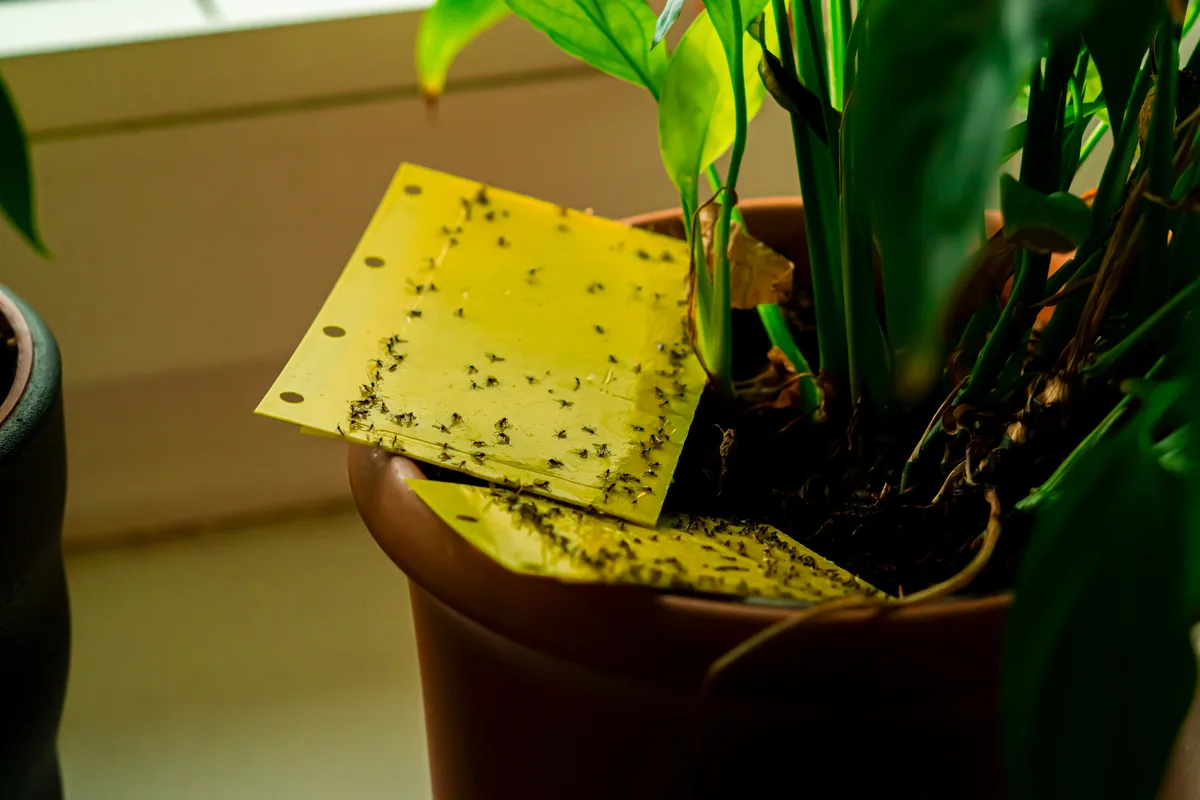
4 Ways To Raise Humidity Instead of Misting
Luckily, misting is not the only way to improve humidity. There are a number of other options, each with its own levels of effectiveness. Even more, the methods that are only marginally effective will still be less damaging to the plants than misting.
Choose a High Humidity Room
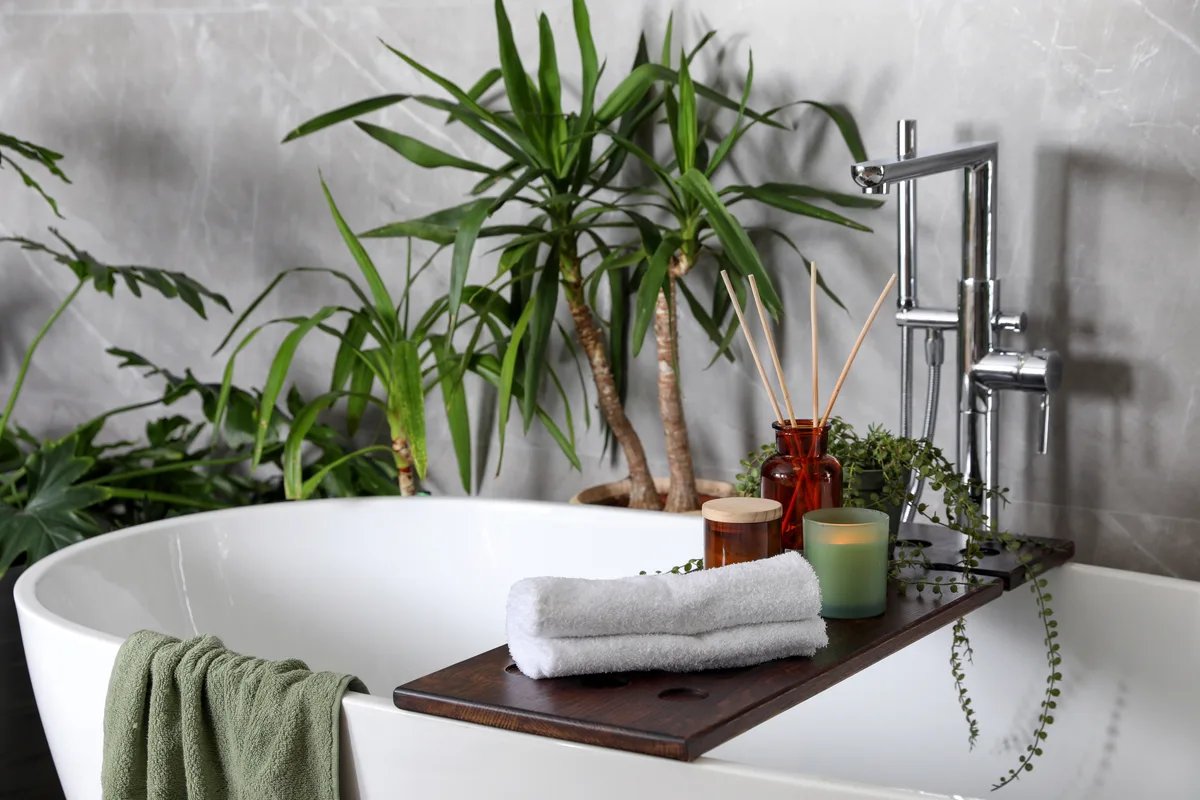
One of the age-old tricks, especially in relation to ferns, is to place the plants in a room with naturally higher humidity.
The bathroom is a classic go-to, with the steam from your shower raising the humidity enough to keep the plants happy. Kitchens are also recommended, placing the plants right near the sink, and generally have better lighting conditions than dark bathrooms with small windows (or worse, no windows at all).
Technically, for the safety and longevity of your home, the humidity shouldn’t stick around for too long to avoid mold and damage to walls and furniture anyway. But even upping the humidity for an hour or two every day will make your plants happier than if they remained dry for the entire day.
When placing your plants by room, always keep their other environmental needs in mind too. The plants should have enough light to sustain growth, with temperatures not dropping below 60F. Also avoid choosing rooms where curtains or often closed or rooms you don’t enter often so you don’t forget about them altogether.
Group Your Plants
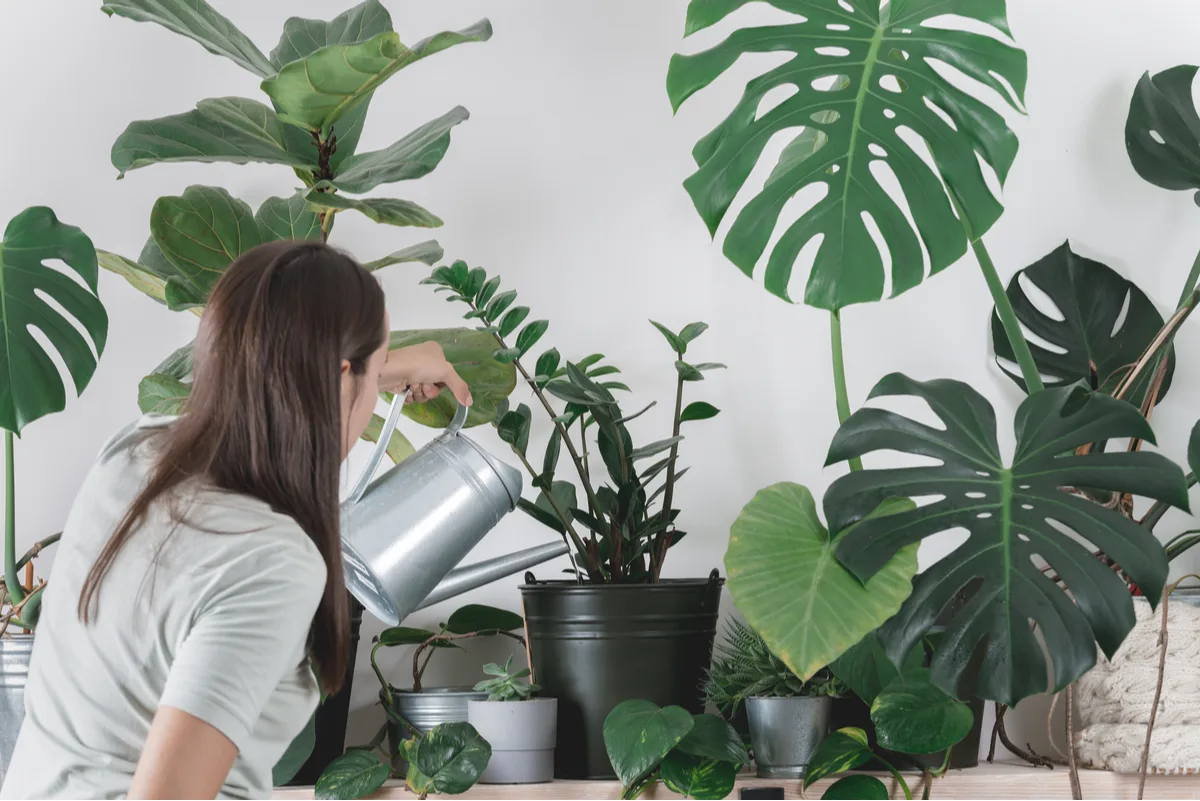
If you have a lot of houseplants, the second option is to simply group them together. This will only improve humidity slightly, but can have an impact on conditions when your air is not excessively dry. Keep the plants well-watered to keep up these humidity levels.
There are a few concerns to keep in mind when grouping plants, as good as it looks. The plants need enough space for air to flow between the leaves, preventing the proliferation of disease. And, by grouping plants, you run the risk of any pest or disease problems spreading rapidly to all the plants in the area – not just one.
If you choose to group them, keep a closer eye on signs of distress to tackle as soon as possible.
Use Pebble Trays
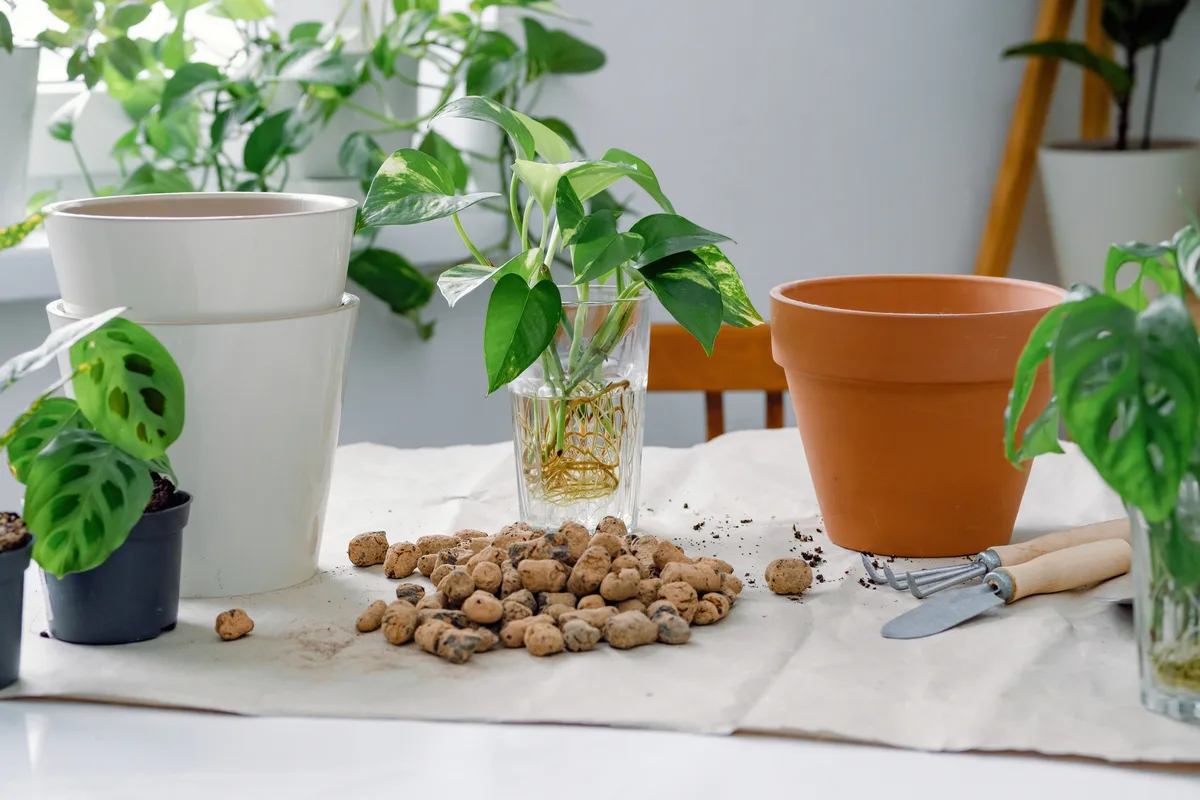
Houseplants are often placed on drip trays to catch any water that drains, stopping it from ruining your furniture or floors. But those trays can also be put to good use to up the humidity.
Grab a tray and fill it with pebbles. Then fill the tray with water so the water line is below the tops of the pebbles. Rest the plant on the pebbles so the base is not touching the water and continue topping up as the water evaporates.
This is another trick that doesn’t have a massive effect on humidity. You can test for yourself how much it improves humidity, but it will usually only be by a few percentages at most.
If your humidity is well below 40%, pebble trays are not going to solve the problem. However, they do make slight improvements and don’t leave the foliage wet and at risk of disease as misters do.
Humidifiers
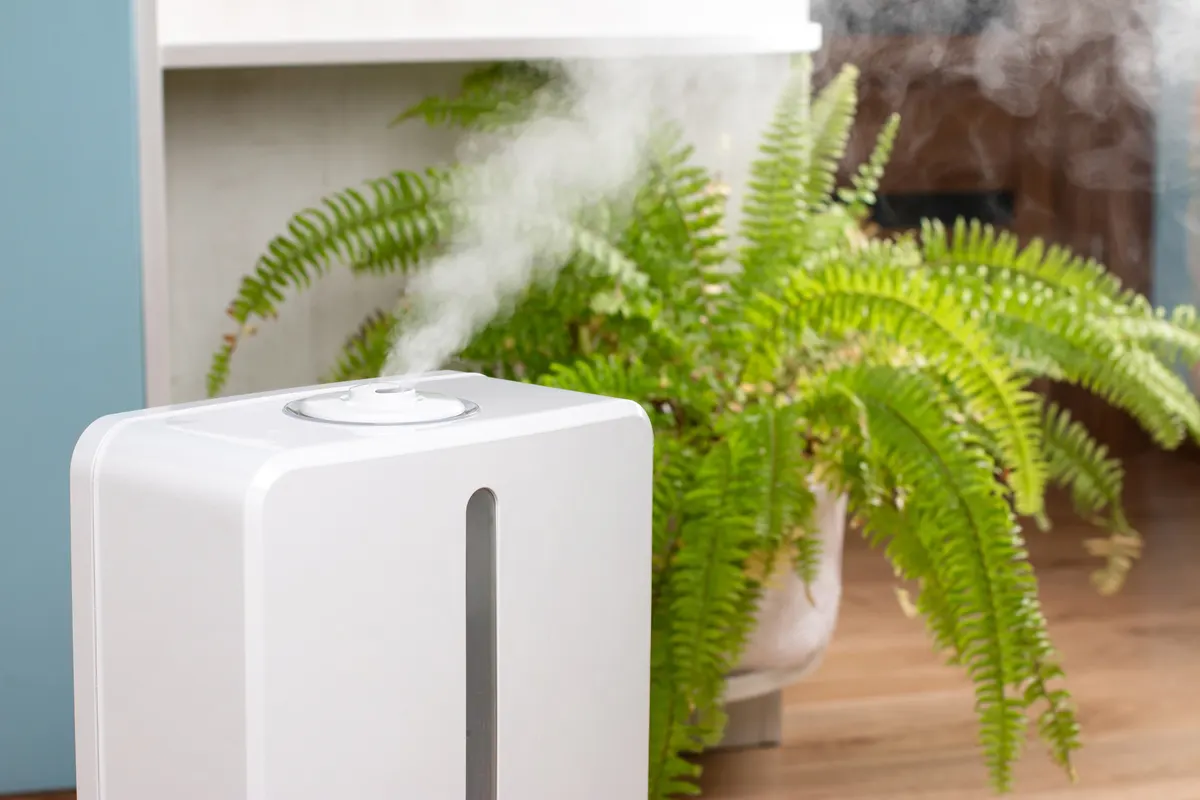
For a dramatic change in humidity levels, the only real option is to invest in a humidifier. Kept running and in the right room, humidifiers have a much greater impact, increasing humidity levels closer to what the plants are used to in their native habitats.
Some humidifiers even allow you to set the exact humidity level, switching on and off automatically as needed to keep conditions consistent. This is great for fussy plants like Fiddle Leaf Figs that face stress when environmental conditions change suddenly.
Humidifiers shouldn’t be placed too close to your houseplants, or you risk the same concerns as with misting. Angle them away from the plants but in a room where overall humidity can be controlled successfully, raising the humidity in the whole room and not just around the plants.
